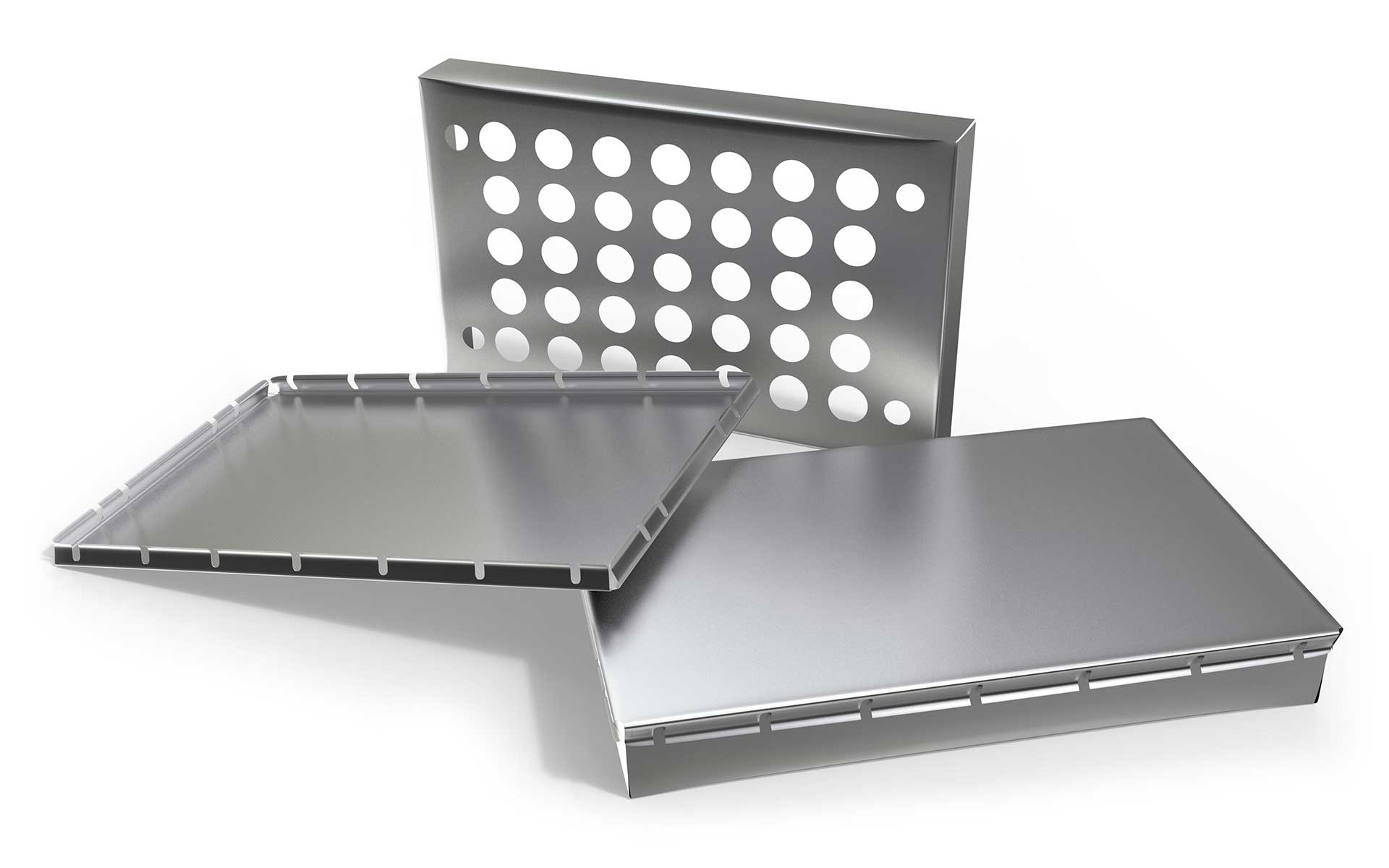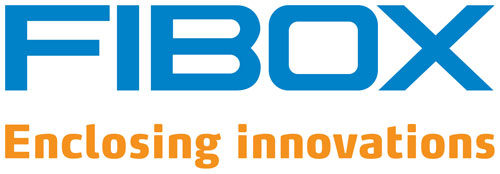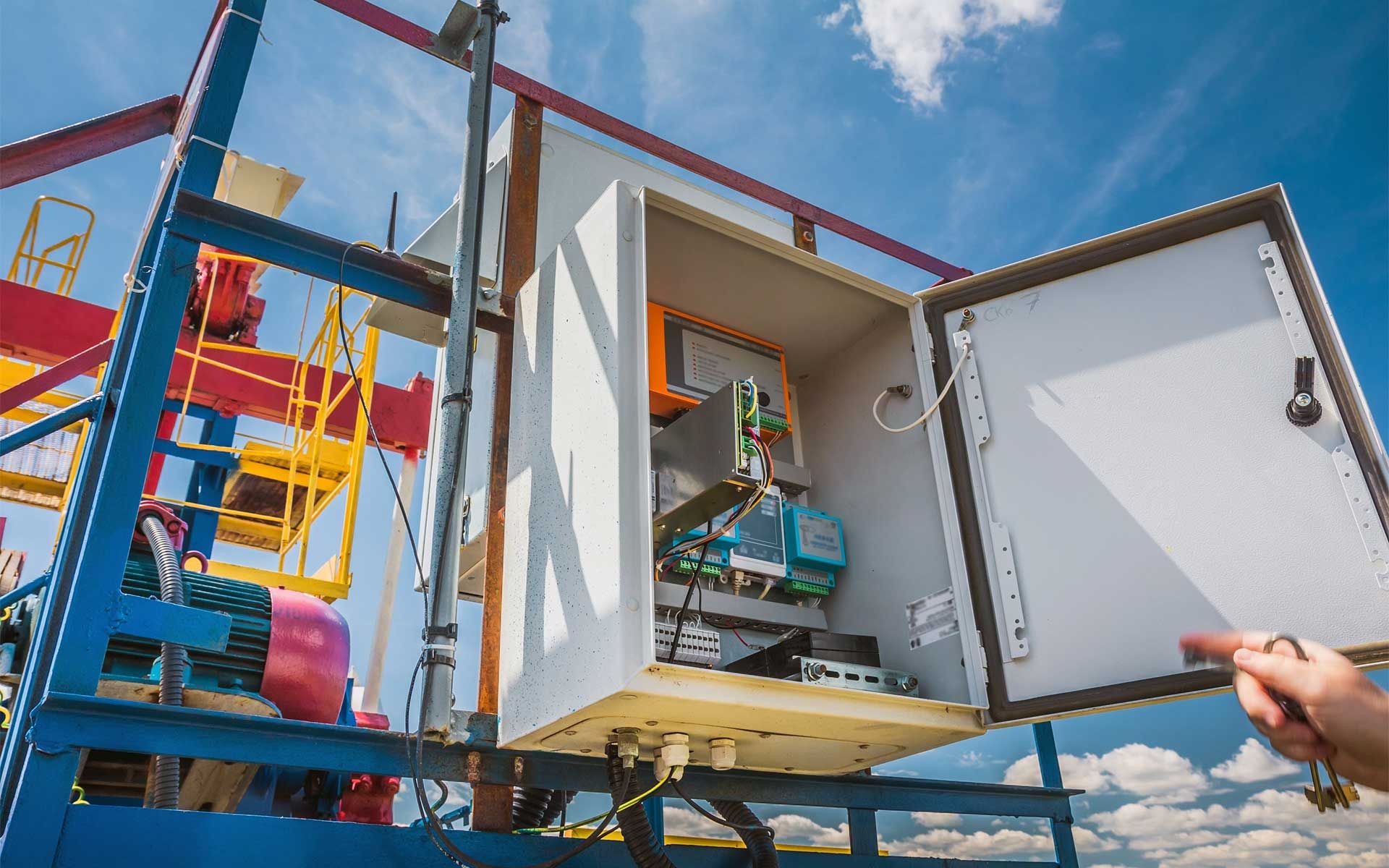Electricity powers our lives - from keeping the lights on and the water running to charging devices and pumping gas. Given the significance electrical supply plays in everyday life, it’s no surprise that protecting these critical systems is serious business. Enter the electrical enclosure. These non-descript boxes are essential to keeping the lights on (literally) and can be found everywhere - in businesses, homes, and public areas.
Although electrical enclosure boxes appear nondescript and straightforward in design, there is rarely a one-size-fits-all solution. Each electronic enclosure is carefully designed and engineered according to an electrical application’s features and functions. Today’s post offers an enclosure comparison guide that compares the different types of electronic enclosures based on NEMA ratings and construction materials.
Comparison Based on NEMA Enclosure Ratings
One of the primary functions of an electronic enclosure is to protect sensitive systems from environmental factors, including weather conditions, exposure, moisture, etc. However, selecting the correct enclosure can be difficult without clear guidance beyond elusive labeling terms like waterproof or weather resistant. Fortunately, engineers, designers, equipment installers, and anyone else responsible for choosing the proper electronics box enclosure from the many types available can rely on the NEMA standard rating system, which is universally recognized nationwide.


NEMA stands for the National Electrical Manufacturers Association, the ANSI-accredited trade association that sets standards for electrical equipment (the NEMA 250 standard). NEMA is the country's most widely recognized electrical enclosure rating system, which is designed to give clear recommendations for where and in what environments each electronics box enclosure is suitable. Therefore, to ensure their products' utmost safety and reliability, most manufacturers design their enclosures to meet these standards.
The NEMA standards basically build in added protections as the numbers progress (with some exceptions), as you will see from the descriptions included for each of the following NEMA ratings for enclosures.
NEMA 3 Electrical Enclosures
This NEMA enclosure rating applies to enclosures constructed for either indoor or outdoor use to:
- Provide a degree of protection for personnel against access to hazardous parts.
- Provide a degree of protection of the equipment inside the enclosure against the ingress of solid foreign objects (falling dirt and windblown dust).
- Provide a degree of protection from harmful effects on the equipment due to the ingress of water from rain, sleet, or snow.
- It will be undamaged from the external formation of ice on the enclosure.
NEMA 4 Electrical Enclosures
A NEMA 4 enclosure rating applies to enclosures constructed for either indoor or outdoor use and offers all the same protections as a NEMA 3 rating with one addition.
- Provide a degree of protection for personnel against access to hazardous parts.
- Provide a degree of protection of the equipment inside the enclosure against the ingress of solid foreign objects (falling dirt and windblown dust).
- Provide a degree of protection from harmful effects on the equipment due to the ingress of water from rain, sleet, snow, or hose-directed water.
- It will be undamaged from the external formation of ice on the enclosure.
NEMA 4X Electrical Enclosures
This enclosure rating applies to enclosures constructed for either indoor or outdoor use and offers all the same protections as a NEMA 4 rating with one addition.
- Provide a degree of protection for personnel against access to hazardous parts.
- Provide a degree of protection of the equipment inside the enclosure against the ingress of solid foreign objects (falling dirt and windblown dust).
- Provide a degree of protection from harmful effects on the equipment due to the ingress of water from rain, sleet, snow, or hose-directed water.
- Provides an increased level of protection against corrosion.
- It will be undamaged from the external formation of ice on the enclosure.
NEMA 6 Electrical Enclosures
A NEMA 6 rating applies to enclosures constructed for either indoor or outdoor use and offers the same protections as a NEMA 4 rating with one addition.
- Provide a degree of protection for personnel against access to hazardous parts.
- Provide a degree of protection of the equipment inside the enclosure against the ingress of solid foreign objects (falling dirt and windblown dust).
- Provide a degree of protection from harmful effects on the equipment due to water ingress from rain, sleet, snow, hose-directed water, and occasional temporary submersion at a limited depth.
- It will be undamaged from the external formation of ice on the enclosure.
NEMA 6P Electrical Enclosures
A NEMA 6P rating applies to enclosures constructed for either indoor or outdoor use and offers the following protections as NEMA 4 and NEMA 6 ratings with one addition.
- Provide a degree of protection for personnel against access to hazardous parts.
- Provide a degree of protection of the equipment inside the enclosure against the ingress of solid foreign objects (falling dirt and windblown dust).
- Provides an increased level of protection against corrosion.
- Provide a degree of protection from harmful effects on the equipment due to water ingress from rain, sleet, snow, hose-directed water, occasional temporary submersion, and occasional prolonged submersion at a limited depth.
- It will be undamaged from the external formation of ice on the enclosure.
NEMA 7 Electrical Enclosures
NEMA Type 7 enclosures are built for indoor hazardous locations classified as Class 1, Division 1, Groups A, B, C, or D, which are defined in NFPA 70. These hazardous classifications include atmospheres containing combustible gasses in the air, which may cause internal explosions.
In such hazardous locations, wholly and correctly installed Type 7 enclosures can contain an internal explosion without causing an external hazard.
NEMA 12 Electrical Enclosures
NEMA 12 enclosures are used for indoor applications. Despite their high number, NEMA 12 enclosures are less protective than outdoor electrical enclosure types like NEMA 4X and NEMA 6P.
Enclosures Comparison Based on Material
Electronic enclosure boxes are available in a variety of materials, and a thorough understanding of each material's attributes, including strengths and weaknesses, is critical to selecting the best-suited enclosure box for an application. This next section examines the materials available and highlights each enclosure material's benefits and downsides.


Stainless Steel Enclosures
Stainless steel is alloyed with metals like chromium and manganese to increase its durability, making it more resistant to scratching, staining, pitting, and corrosion. This composition also gives stainless steel enclosure boxes a clean aesthetic profile. Different grades of stainless steel enclosure boxes are available, including 304 and 316, with the former being the most common. A stainless steel enclosure is also suitable for indoor or outdoor applications.
However, any application requiring extensive custom enclosure machining can be problematic for a stainless steel enclosure because the ultra-hard material requires expensive special tools. Furthermore, stainless steel is more costly than other enclosure material options.
Carbon Steel Enclosures
A painted carbon steel enclosure is the most cost-effective application material and is most often used for indoor applications. The paint finish that coats the steel enclosure consists of an inner layer of primer and an outer layer of powder coat for a durable, scratch-resistant surface. The painted finish also makes touching up scratches to the enclosure box easy and efficient.
The downside of painted carbon steel enclosure boxes is that the metal, even when painted, has limited resistance to solvents, alkalis, and acids.
Aluminum Enclosures
Aluminum is a durable and very lightweight metal extracted from bauxite ore that is tough and naturally resistant to weather and corrosion. It also gives enclosure boxes a shiny, clean, and aesthetically pleasing appearance that’s easily cut with machining tools. Aluminum also features a natural RF shielding property that prevents electromagnetic radiation from penetrating the material.
However, this RF shielding can interfere with wireless signal transmissions, so aluminum is unsuitable for devices containing internal antennas (such as Wi-Fi routers). Also, aluminum’s lightweight properties make it easier to dent, so it may not be suitable for applications exposed to heavy impact.
Polycarbonate Plastic Enclosures
Polycarbonate plastic is a highly durable and versatile material that can be molded into various shapes and is aesthetically pleasing. The polycarbonate used for Fibox’s enclosures is specially formulated with UV inhibitors to withstand prolonged exposure to the sun. Its resistance to environmental factors, including dust to water to corrosion, makes it a popular choice for various indoor and outdoor applications ranging from industrial control panels to junction boxes for electrical wiring.
However, some drawbacks are associated with polycarbonate plastic enclosures, including higher costs and a lack of electromagnetic shielding.
ABS Plastic Enclosures
ABS stands for acrylonitrile butadiene styrene, which is a cost-effective and durable hard plastic. The material is flame-retardant and easy to modify with custom cutouts, making it ideal for indoor applications. It’s particularly popular for consumer electronic applications.
Although affordable and durable, most ABS plastic enclosures lack NUMA or IP ratings and are not recommended for any outdoor or indoor applications exposed to harsh conditions.
Conclusion
Understanding the factors that guide electronic enclosure selection is critical to protecting sensitive systems; however, understanding how NEMA ratings for enclosures and construction materials apply to protections can significantly ease the decision-making process. Once those factors are determined, then it's a matter of choosing a high-quality electronic box enclosure manufacturer that provides the most peace of mind.


Fibox is a world-renown, leading enclosure manufacturer and the market leader in thermoplastic enclosures used for protecting electrical and electronic components in hostile and hazardous environments and pioneered the injection molding of polycarbonate for use in the electrical industry.
Recently celebrating over 40 years as a designer and manufacturer of thermoplastic enclosures, Fibox has developed more than 17 families of enclosing solutions, all available in various sizes. As an authorized stocking distributor of Fibox enclosures, you can shop a wide selection of options on the Peerless website at the link below.




